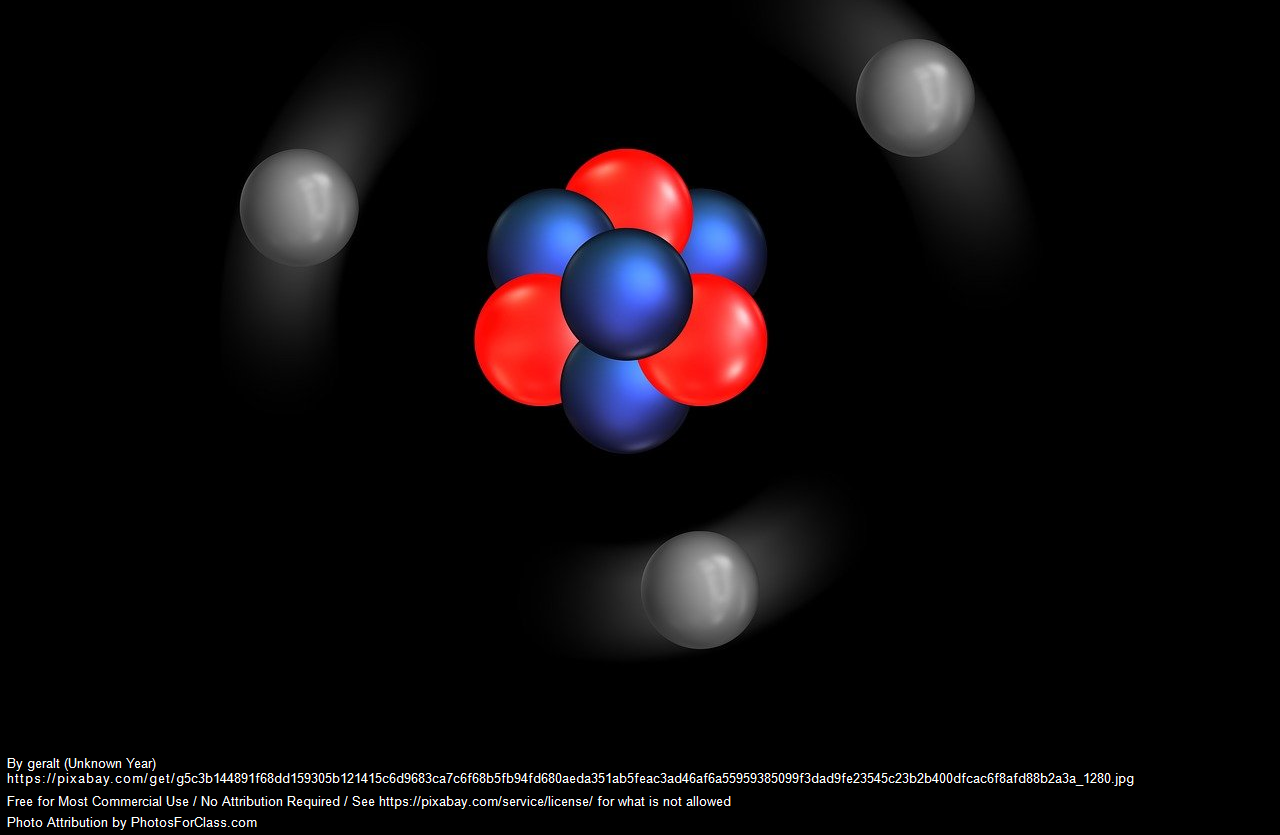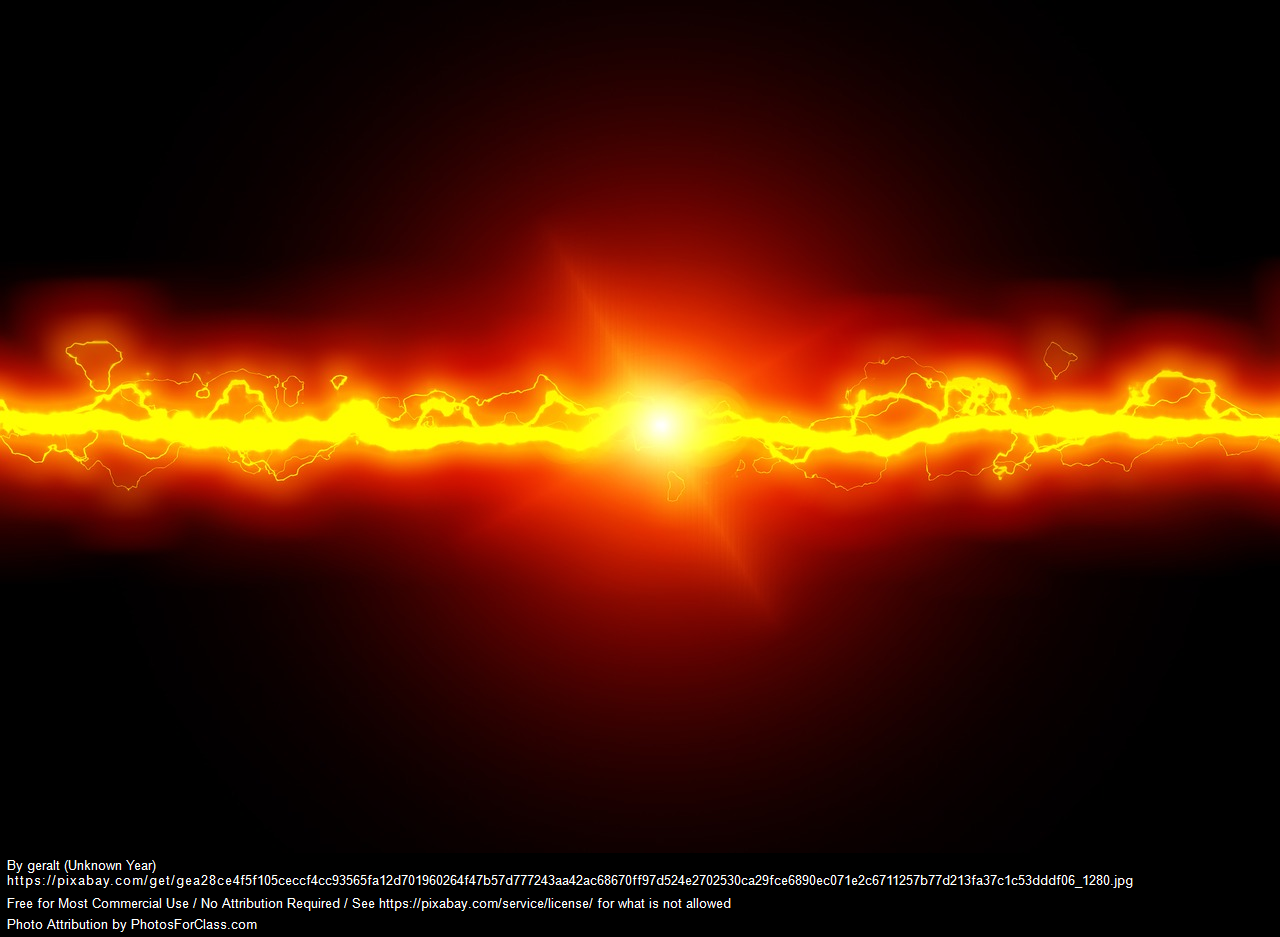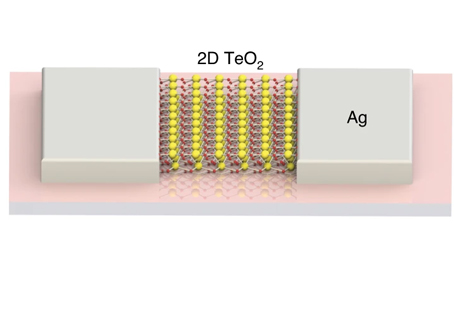Over the years, FLEET has conducted a variety of outreach events with schools and the general public. Most of the events were evaluated using recognized pre- and post-evaluation methods to understand the impact of the event relative to our strategic goals. The methods are outlined in the reports below. This page contains the reports for all evaluated events from 2021 ...
Forces and energy: Electricity and sustainable energy
Electrical energy Electrical energy also has many forms. For example, lightning, is a form of static electricity. You witness static electricity also when you rub a balloon against your hair. One of the most useful forms of electrical energy for humans is when it is generated from a current, which occurs when electrons flow through a circuit. It is the ...
FLEET Schools: The Exciton-Polariton
The basics Light and matter (anything made of atoms or the particles that make up an atom) are not supposed to mix. But scientists have now found a way to combine light and matter (electrons in this case) to make a new object called the exciton-polariton, whose weird quantum properties may enable us to develop electronic technologies that use a ...
FLEET schools: Topological materials
Topological materials are a new 'quantum' class of materials that are being investigated for their use in the next generation of energy-efficient electronics. Why are researchers excited about topological materials? Topological insulators behave as electrical insulators in their interior, but they will conduct a current along their edges. They can conduct this current without resistance and therefore with no loss ...
Electricity and magnetism: electromagnetism
Electromagnetism is all about how charges affect each other and how the interaction of electrical and magnetic fields induce the flow of charge. It is still the movement of charge, but in this context, it is the movement of a charge through a circuit. As electrons move through a circuit they induce a magnetic field. Conversely, a moving magnetic field ...
Understanding electricity
In the beginning... We observed and harnessed electricity way before we understood how it worked. Electricity is a range of phenomena associated with the flow of charge. See the critical thinking activity, Activity 1, What is electricity, that gets students to think critically about how electricity has changed the world, where it comes from and how we generate and use ...
What is an atom? Like us, mostly empty space it seems…
I have found two things the younger students struggle to conceptualize about an atom: Students perceive that an atom is an atom – they are all one in the same; and they struggle to conceptualize the massive amount of space between the nucleus and electrons. I offer some ways to help students visualize/conceptualize the atom more accurately The basics Atoms ...
What is electricity?
From the dawn of time we have witnessed electricity as a primal force of nature in the form of lightning. The ancient Greeks would rub amber with a cloth and get small electric shocks – the same static electricity we experience when we rub our feet along the carpet and then touch something conductive, for example a metal bench or ...
FLEET schools: Conductors, insulators and electricity
Introduction From the dawn of time we have witnessed electricity as a primal force of nature in the form of lightning. The ancient Greeks would rub amber with a cloth and get small electric shocks – the same static electricity we experience when we rub our feet along the carpet and then touch something conductive, for example a metal bench ...
FLEET schools: FLEET research and the need for the next generation of electronics
From FLEET schools: Conductors, insulators and electricity FLEET Schools: Light: reflection, refraction, diffraction Digital technologies (anything with a computer chip) consume about 10% of global electricity and this proportion is increasing each year as we demand more and smarter, more powerful computing systems to be integrated into our daily lives. Taking a single photo on your phone requires about 1 ...






